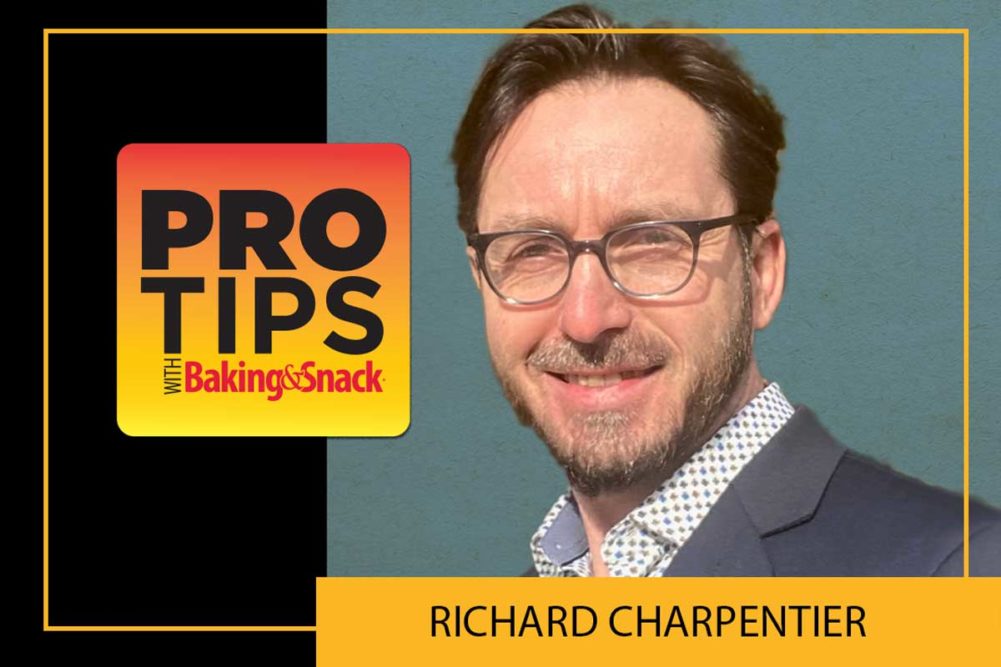Pro Tip: Here are seven types of sugars to help explain one of the most important ingredients in baked goods.
Sweeteners are one of the most important ingredients used in bakery foods. They serve many purposes, from imparting sweetness to breads and cakes, developing flavors, providing structure, retaining moisture, contributing to crust color, extending shelf life and facilitating the fermentation process to being a whipping and creaming aid. Sugars can perform many things, but where do they come from?
Processing of Sugar
Sugar occurs naturally in every fruit and vegetable. It is formed by photosynthesis, a process by which green plants transform water and carbon dioxide from the atmosphere into sugar. Sugar is derived from two main plant sources: sugar cane and sugar beets.
The term sugar is synonymous with granulated sugar (sucrose), a disaccharide; sugar cane and sugar beets are the preferred commercial source of sugar for bakers. Sugars available to commercial bakers are classified in several ways, including crystal size (granulated, powdered or superfine) and color (white or brown) or in a liquid form (invert sugar, molasses).
Sugars come in various crystal sizes to provide unique functional characteristics, and the sugar color is primarily determined by the amount of molasses remaining on or added to the crystals, which provides pleasurable flavors and alters moisture.
Types of Sugars
Granulated sugar: Either from canes or beets, this general category of sugar as grain size variations from small to large. The granulation size is controlled by passing granular sugar crystals through a series of standardized screens.
Powdered sugar (confectioners’ sugar): Powdered sugar is obtained by grinding granulated sugar in a special mill, then screening the ground sugar through fine screens that allow only the desired grade to pass through. These finally ground sugars are available in various particle sizes ranging from 4x to 12x (very fine). The finer ground powdered sugar generally requires up to 4.5% cornstarch to be added to help prevent caking. Applications for powdered sugar range from icings and glazes to angel food cakes.
Fondant grade sugar: Fondant sugars are prepared by co-milling granulated sugar in special mills with a mixture that could include dextrose, fructose or maltodextrin. These blends create a fondant like dry sugar that can be used in the makeup of a donut glaze or cake icings.
Brown sugar: Brown sugar is produced during the normal white sugar process. Brown sugar consists of a natural occurring brown sugar molasses film that is attached to the outer surface of the sugar crystal. Two grades of brown sugar are produced: light brown and dark brown. Brown sugar is used in formulations where robust flavors are required such as gingerbread, oatmeal cookies and to help retain moisture in cakes and cookies.
Turbinado sugar: True turbinado sugar is prepared by rewashing centrifuged raw sugar crystal with steam. After this washing, some of the molasses film still clings to their sugar crystal, giving it its characteristic light brown color and mild brown sugar flavor. It can be used as a topping for crunch, or to decorate cupcakes.
Molasses: As the sugar is centrifuged, the molasses washes off and what is collected is a syrup. The syrup can be used as a component to bring dark flavors in gingerbread, spice cakes, novelty breads and cookies. Molasses can also be used at 3.5% to granulated sugar to make light brown sugar.
Invert sugar: Invert sugar is made when sugar is heated in the presence of special acid or a special specific enzyme (invertase); it splits into two monosaccharides: dextrose and fructose. The resulting mixture is called invert sugar syrup. Invert sugar is sweeter than sucrose, so less sugar can be used, and invert is a good humectant to help prolong freshness in baked goods and extend shelf life.
Richard Charpentier is a classically trained French baker, CMB, holds a degree in baking science from Kansas State University, and is owner and chief executive officer of Baking Innovation. Connect with him on LinkedIn.





